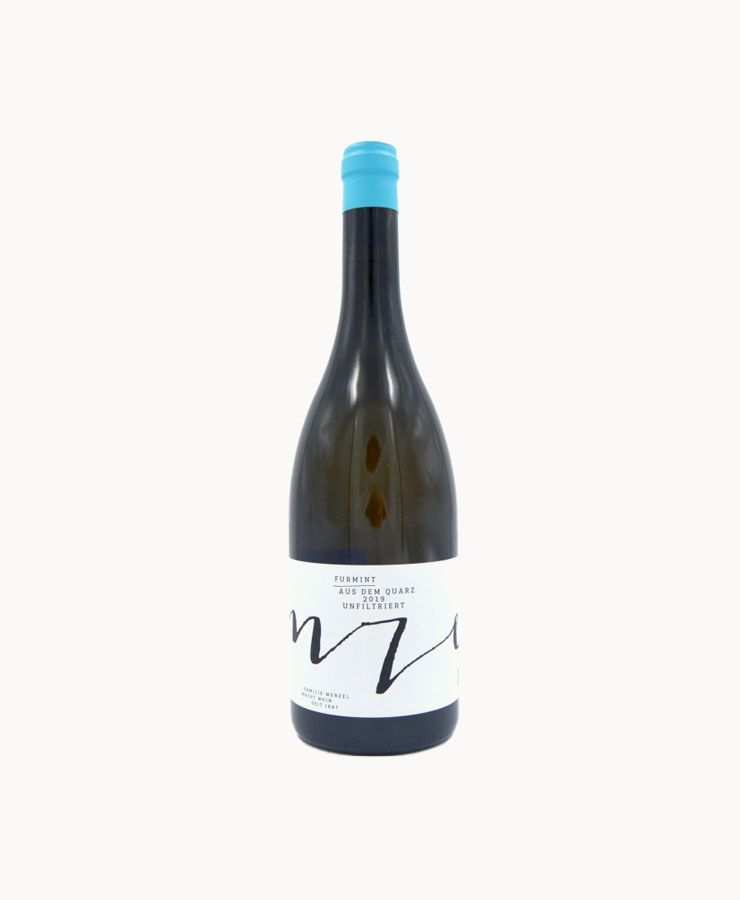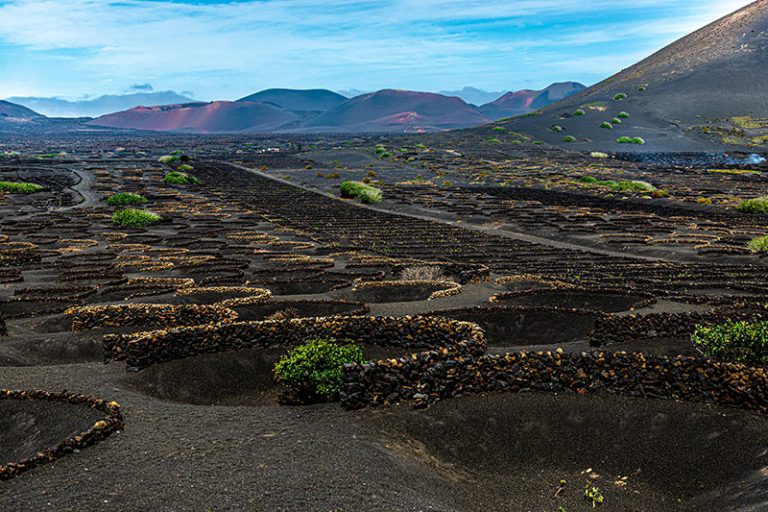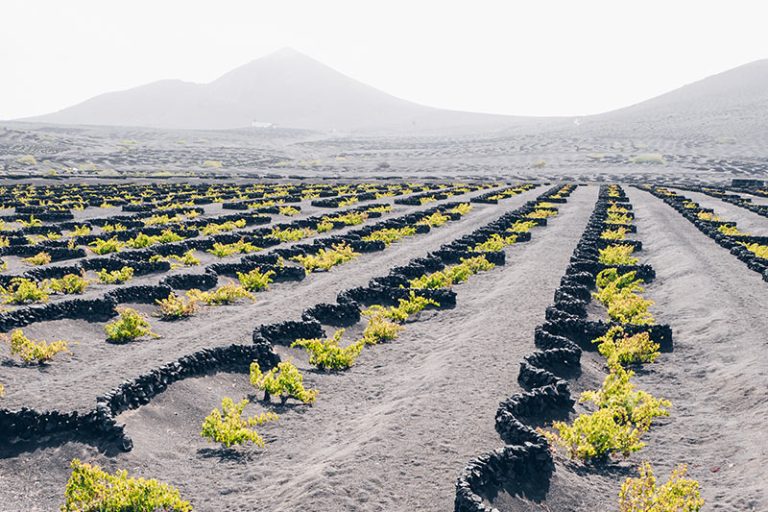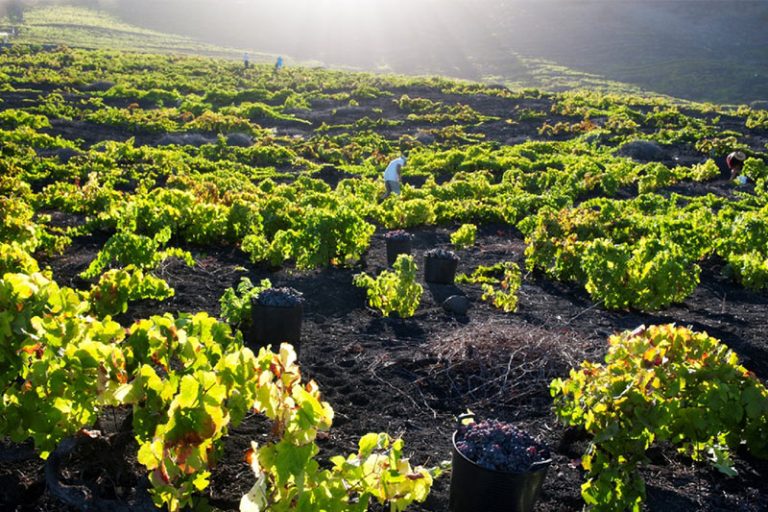The Hungarian furmint grape wine that comes from Austria.

Wines made from the furmint grape are very interesting compared to other wines. The furmint grape is a recognized variety from the area of Hungary, having documents from more than 400 years ago talking about it. Although it is not the only European area where it is cultivated, in each area it has a different name. What do we know about Michael Wenzel’s signature furmint wine?
Michael Wenzel is a vintner with vineyards located near the green border of Hungary, just to the east of a lake called Neusiedl. To be specific, in the Burgenland region, which is a place known for being a farmland for wines. The characteristic of this area at the climatic level is caused by the cold currents that descend from the Leithe mountains, together with the natural regulation caused by the lake itself.
The area inhabited by Michael Wenzel’s vineyards enjoys two different types of soil. In the northern part of the vineyards, with more presence of limestone, it is perfect for red wines. While the vineyard plots in the southern part, thanks to its high quartz content, make it ideal for fine white wine varieties with a lot of minerality. It is in this southern area where Michael Wenzel grows the furmint grape, which is what offers us the wonderful wines we are going to talk about today.
A traditional, late grape that can be made into dry to sweet wines.

The furmint grape has a great tradition in the area, where it is much loved. And it is being a great rediscovery for wine lovers. It is one of the most widely planted Hungarian white grapes within the Tokaj-Hegyalja wine-growing region. This grape is late ripening and depending on the time it is grown, different types of wine can be obtained. The most common are monovarietal and dry white wines.
Michael Wenzel is characterized by making naturally produced wines, the so-called natural wines. He himself is part of a long line of winegrowers being the twelfth generation, since it goes back to 1647.
Each bottle of wine is alive and carefully crafted from handpicking through the entire winemaking process to bottling the wine. No ferments are added or anything from the grape itself is removed, allowing year after year the fermentation to flow and occur naturally, achieving different results each year. The human factor is as important in a natural wine as any other factor within its cultivation, since these are wines that, as we have said, are considered to be alive. In Wenzel’s own words, “Natural wines are those that can be described as totally pure and unadulterated fermented grape juice.”
Ancient processes recovered to experiment and return to the roots.
As we have previously mentioned, the vineyards are dedicated exclusively to producing different types of natural wine. It may seem that “natural wine” is a term that has become fashionable due to the constant search for sustainability that now worries society so much. However, in these vineyards they have been taking that denomination to a new level for more than ten years.
Not only eliminated insecticides and chemical yeasts. If not, it has also allowed a more “wild” growth of its vineyards. The vines are fastened with wooden sticks and ties made of cane that can degrade naturally. In this way, he has eliminated metal from his vineyards. This allows a more “wild” and natural growth, with greater vitality. It has also done away with most of the big machines you usually see in vineyards, doing the entire process by hand. Thanks to these changes, he has achieved wines with a deeper flavor, without losing an iota of their intensity. In addition, you can enjoy the ripest grape without losing its acidity.
But how did this Hungarian grape get to the Austrian lands of Michael Wenzel?

For more than three decades, Michelle Wenzel has had a deep interest in this type of grape. Even traveling to their homelands and learning Hungarian. Although it is now a beloved species again, during the 20th century it almost disappeared. His father and grandfather were the ones who were first in charge of bringing the furmint grape to the family vineyards, in 1984. Since then, they have dedicated themselves to cultivating the grape, researching and experimenting with it. Whether it’s early picking, which results in drier wines, or late picking, which offers delicate, sweet-toned wines, this winery has gone through all the options offered by this grape variety. Different types of barrel, fermentation or times with which to exploit its full potential.
Today Michel Wenzel offers four different types of furmint wine. From our Blanco Tinto store you can buy all of them.
Michael Wenzel Furmint Reserve 2016.
This wine has an alcohol level of 12.5%. 2016 was a difficult year during the growing season for the vineyards. Although this has offered us a very good vintage, it was smaller than other years, which brings us to a limited collection of 800 bottles. As a result, you can enjoy this dry wine aged in old barrels for 18 months.
Michael Wenzel Furmint Aus Dem Quartz 2019
It takes its name from the high amount of quartz in the lands where it is cultivated. Pale golden in color, it has hints of apple and lemon. The harvest of this wine was carried out during 4 days the second week of September. After lightly pressing the grapes, without removing any of the skin, it was left to rest in the cold for 48 hours before continuing with the fermentation process.
As a result, it has a medium to dense body and a refreshing acidity that leaves a pleasant taste in the mouth.



